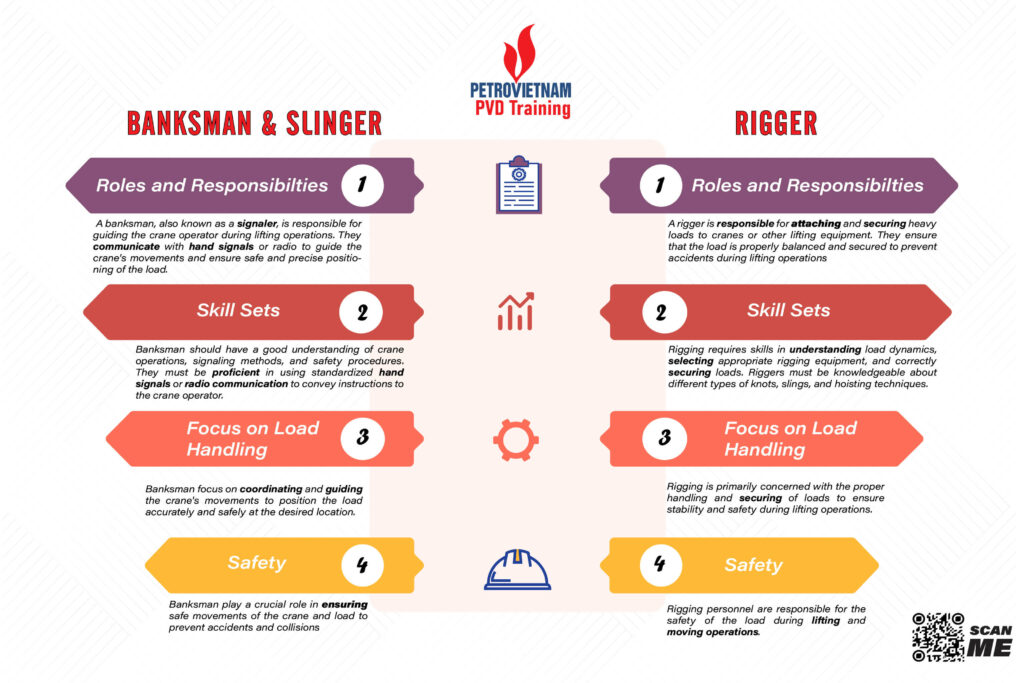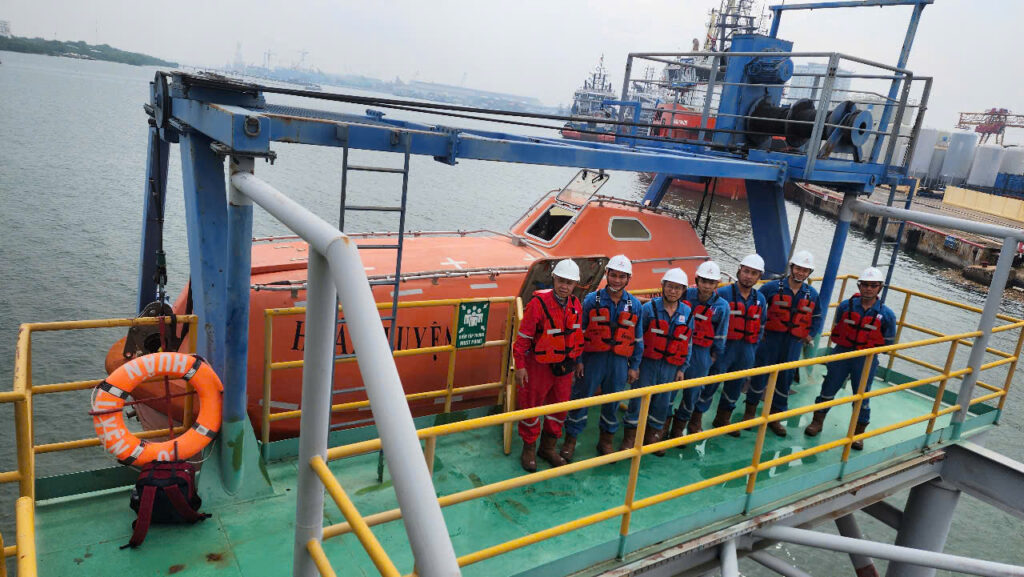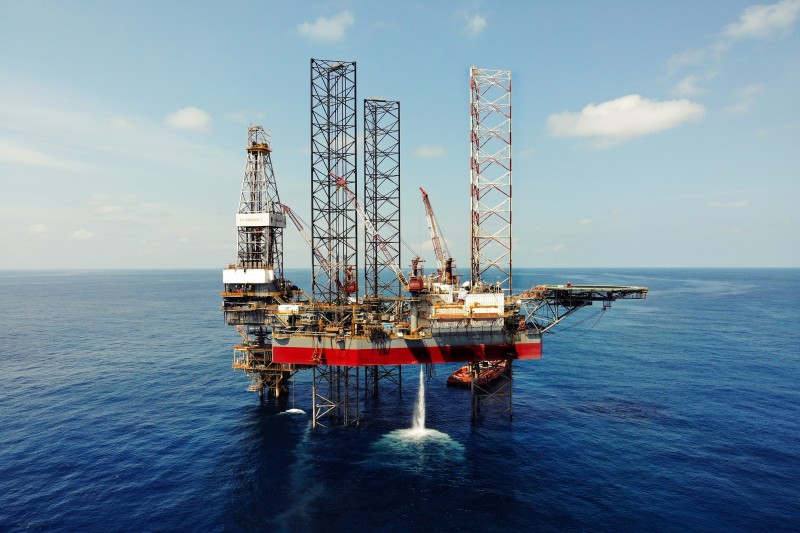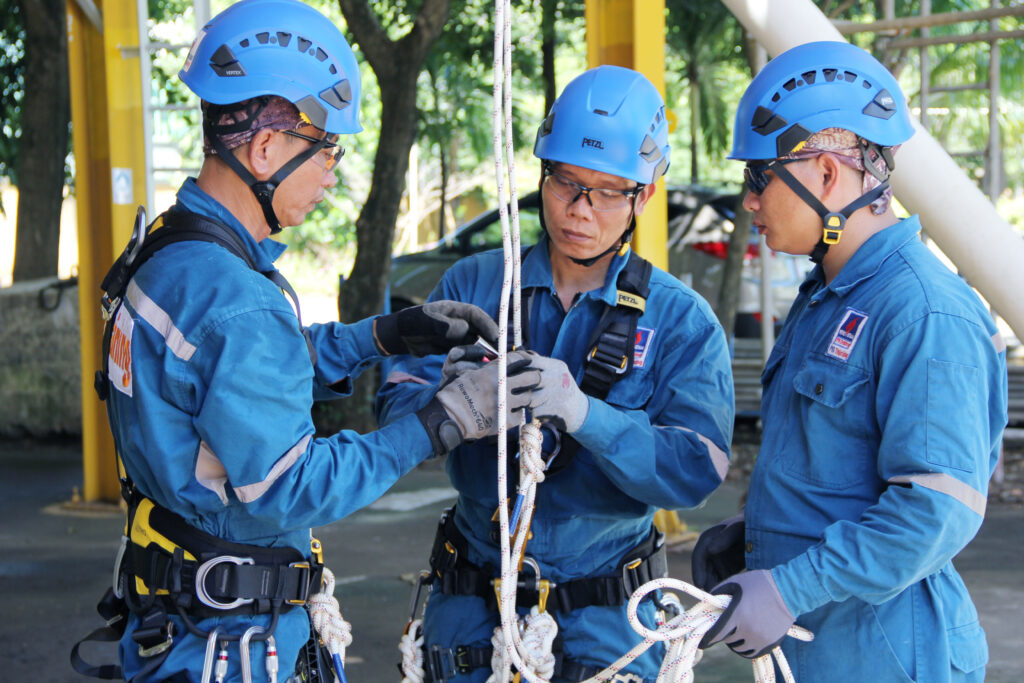In the dynamic realm of the Oil and Gas industry, the roles of Banksman & Slinger and Rigger are pivotal in ensuring safe and efficient operations during lifting and rigging activities. These specialized professionals play crucial roles in the handling, positioning, and securing of heavy loads, as well as maintaining clear and effective communication with crane operators. While their responsibilities may intertwine, each role carries distinct expertise and responsibilities that contribute to the smooth execution of critical tasks in this high-stakes industry. Let’s delve deeper into the unique contributions of Banksman & Slinger and Rigger, two indispensable cogs in the well-oiled machinery of the Oil and Gas sector.
- Role and Responsibility:
- Rigger: A rigger is responsible for attaching and securing heavy loads to cranes or other lifting equipment. They ensure that the load is properly balanced and secured to prevent accidents during lifting operations.
- Banksman: A banksman, also known as a signaler, is responsible for guiding the crane operator during lifting operations. They communicate with hand signals or radio to guide the crane’s movements and ensure safe and precise positioning of the load.
- Skill Set:
- Rigger: Rigging requires skills in understanding load dynamics, selecting appropriate rigging equipment, and correctly securing loads. Riggers must be knowledgeable about different types of knots, slings, and hoisting techniques.
- Banksman: Banksman should have a good understanding of crane operations, signaling methods, and safety procedures. They must be proficient in using standardized hand signals or radio communication to convey instructions to the crane operator.
- Focus on Load Handling:
- Rigger: Rigging is primarily concerned with the proper handling and securing of loads to ensure stability and safety during lifting operations.
- Banksman: Banksman focus on coordinating and guiding the crane’s movements to position the load accurately and safely at the desired location.
- Direct Involvement:
- Rigger: Rigging personnel are directly involved in the physical attachment and detachment of loads to the lifting equipment.
- Banksman: Banksman are typically positioned near the crane and load, providing real-time guidance and communication to the crane operator.
- Safety Responsibility:
- Rigger: Rigging personnel are responsible for the safety of the load during lifting and moving operations.
- Banksman: Banksman play a crucial role in ensuring safe movements of the crane and load to prevent accidents and collisions.
Both roles are essential in ensuring safe and efficient lifting operations. While riggers focus on securing the load, banksman contribute to precise positioning and coordination, leading to a successful and accident-free lifting process.
- Rigger:Một Rigger chịu trách nhiệm gắn và cố định tải trọng nặng vào cần cẩu hoặc các thiết bị nâng khác. Họ đảm bảo rằng tải trọng được cân bằng và cố định đúng cách để tránh tai nạn trong quá trình nâng.
- Banksman: Một Banksman, còn được gọi là người điều tín hiệu, chịu trách nhiệm hướng dẫn người điều khiển cần cẩu trong các hoạt động nâng hạ. Họ sử dụng tín hiệu tay hoặc bộ đàm để hướng dẫn các chuyển động của cần cẩu, đảm bảo tải được định vị một cách an toàn và chính xác.
- Rigger: Kỹ năng của một Rigger bao gồm hiểu rõ về động lực tải, chọn thiết bị giằng buộc phù hợp và cố định tải đúng cách. Họ cần nắm vững các loại nút thắt, dây treo và kỹ thuật nâng hạ khác nhau.
- Banksman: Một Banksman cần có kiến thức tốt về hoạt động của cần cẩu, các phương pháp tín hiệu và quy trình an toàn. Họ phải thành thạo trong việc sử dụng các tín hiệu tay tiêu chuẩn hoặc liên lạc qua bộ đàm để truyền đạt chỉ dẫn tới người điều khiển cần cẩu.
- Rigger: Rigging tập trung chủ yếu vào việc xử lý và cố định tải một cách chính xác để đảm bảo sự ổn định và an toàn trong suốt quá trình nâng.
- Banksman: Banksman tập trung vào việc phối hợp và hướng dẫn các chuyển động của cần cẩu để định vị tải một cách chính xác và an toàn tại vị trí mong muốn.
- Rigger: Nhân viên rigging tham gia trực tiếp vào việc gắn và tháo tải khỏi thiết bị nâng.
- Banksman: Banksman thường đứng gần cần cẩu và tải, cung cấp hướng dẫn và liên lạc trực tiếp với người điều khiển cần cẩu.
- Rigger: Nhân viên rigging chịu trách nhiệm đảm bảo an toàn cho tải trong suốt quá trình nâng và di chuyển.
- Banksman: Banksman đóng vai trò quan trọng trong việc đảm bảo các chuyển động của cần cẩu và tải được thực hiện an toàn, tránh tai nạn và va chạm.
- Feedback GWO 04-2024
- Đảm Bảo An Toàn và Tầm Quan Trọng Của Đào Tạo Vận Hành Cẩu Đúng Cách
- Công ty Cổ Phần Đào Tạo Kỹ Thuật PVD (PVD Training) chính thức được kết nạp là Hội viên tổ chức của Hội Dầu Khí Việt Nam
- PVD Training cảm ơn học viên đã tham gia Khóa học Helicopter Landing Officer
- PVD Training xin thông báo tổ chức khoá đào tạo HÀN CẮT DƯỚI NƯỚC










